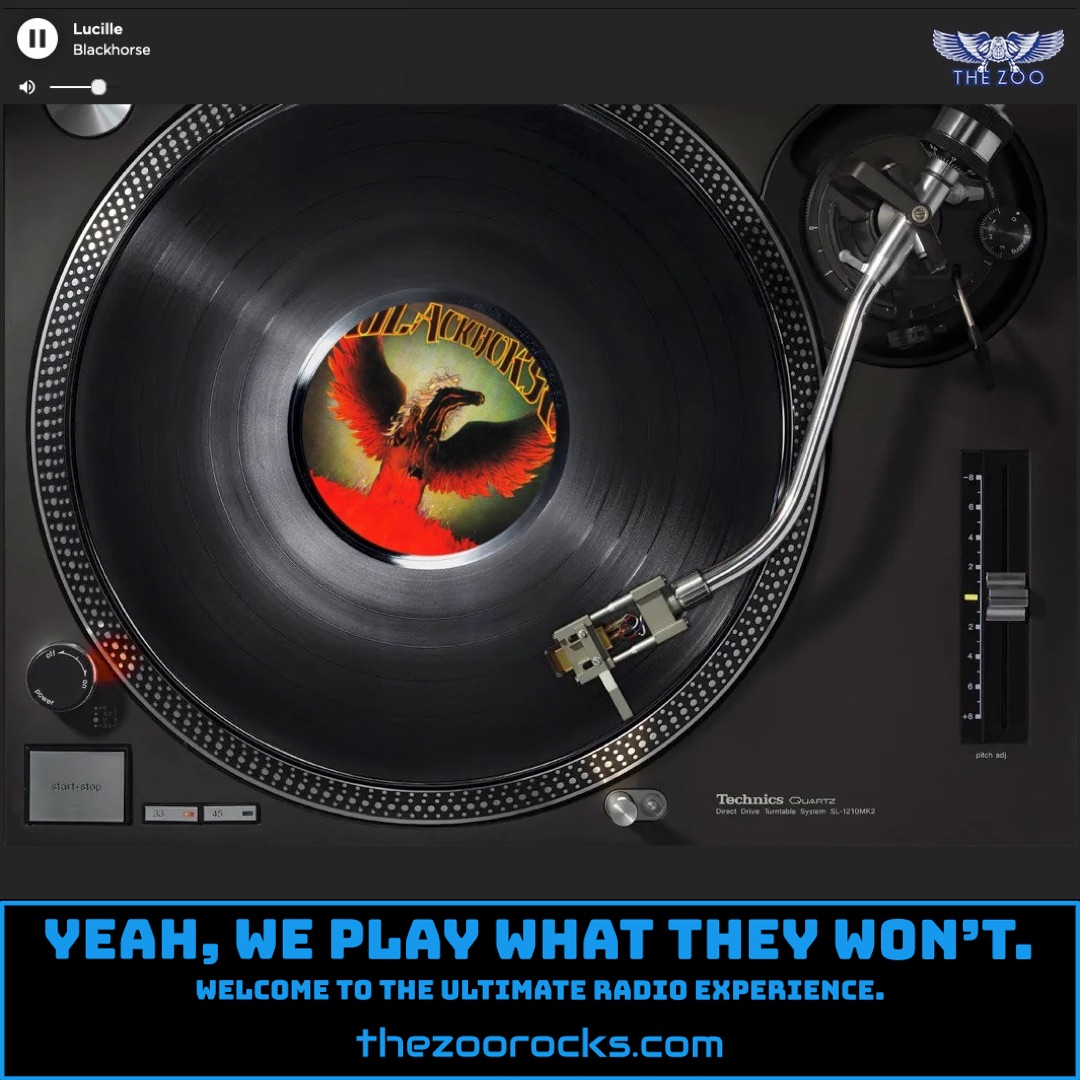The Final Cut
Pink Floyd
The Zoo Crew is spinning "The Final Cut" by Pink Floyd from their 1983 album of the same name, and this track is steeped in fascinating stories. The song, which serves as the title track, delves into themes of isolation, depression, and a failed suicide attempt, with lyrics that evoke a deeply personal narrative. It’s one of four songs on the album originally written for The Wall but rejected by guitarist David Gilmour, who felt they weren’t strong enough at the time. Roger Waters, the song’s writer and lead vocalist, later revealed in a 2015 Esquire interview that he found some production choices, like the heavy-handed dynamics, a bit “clunky,” wishing for a more naturalistic approach if he could redo it. The track’s emotional weight is amplified by its connection to the album’s central character, Pink, from The Wall, with lyrics referencing a “priest hole” and “what’s behind the wall,” tying it directly to that earlier concept. Fans on Reddit have praised its raw emotion, with one user noting the chills induced by Waters’ vocal fade-out in “The Gunner’s Dream,” a companion track, showing how the album’s intensity resonates deeply with Zoo Freaks.
Another layer of trivia comes from the song’s creation during a turbulent time for Pink Floyd. The recording of The Final Cut was marked by bitter conflicts, particularly between Waters and Gilmour. In a 1987 interview with journalist Chris Salewicz, Waters described the process as “absolute misery,” with the band “fighting like cats and dogs.” Gilmour, in a 1983 interview, expressed his frustration, stating the album’s direction didn’t align with his vision for a Pink Floyd record, criticizing its specific political lyrics, like those in “The Fletcher Memorial Home,” which name-dropped world leaders like Thatcher and Reagan. Despite the tension, the song features standout contributions, including Gilmour’s acoustic guitar and Raphael Ravenscroft’s haunting saxophone, which add a delicate texture to its dark themes. A post on X from the official Pink Floyd account in 2014 noted that the album, initially titled Spare Bricks, was meant to repurpose The Wall material, underscoring the song’s roots in that earlier project.
Pink Floyd’s journey began in London in 1965, evolving from the British psychedelic underground to become pioneers of progressive rock. Founded by Syd Barrett (guitar, vocals), Roger Waters (bass, vocals), Nick Mason (drums), and Richard Wright (keyboards, vocals), the band initially went through several name changes, eventually settling on Pink Floyd, inspired by blues musicians Pink Anderson and Floyd Council. Barrett’s whimsical, psychedelic songwriting defined their early sound, leading to hits like “Arnold Layne” and their debut album, The Piper at the Gates of Dawn (1967). After Barrett’s departure in 1968 due to mental health struggles, David Gilmour joined, and Waters took on a larger creative role, steering the band toward conceptually ambitious works like The Dark Side of the Moon (1973) and The Wall (1979). Their innovative use of extended compositions, sonic experimentation, and philosophical lyrics cemented their legacy, with elaborate live shows further captivating audiences.
For Zoo Freaks wanting to dive deeper, Pink Floyd’s official website offers a wealth of history, discography, and updates. You can follow them on social media via Facebook, Instagram, and X for news and archival content. Fans also gather at dedicated sites like A Fleeting Glimpse, a comprehensive fan-run hub established in 1998, endorsed by band associates like Guy Pratt. On Facebook, groups such as Pink Floyd Fans provide spaces for enthusiasts to share memes, discuss albums, and celebrate the band’s legacy. The r/pinkfloyd subreddit and the Neptune Pink Floyd forum are also vibrant communities for connecting with fellow Floyd devotees.

